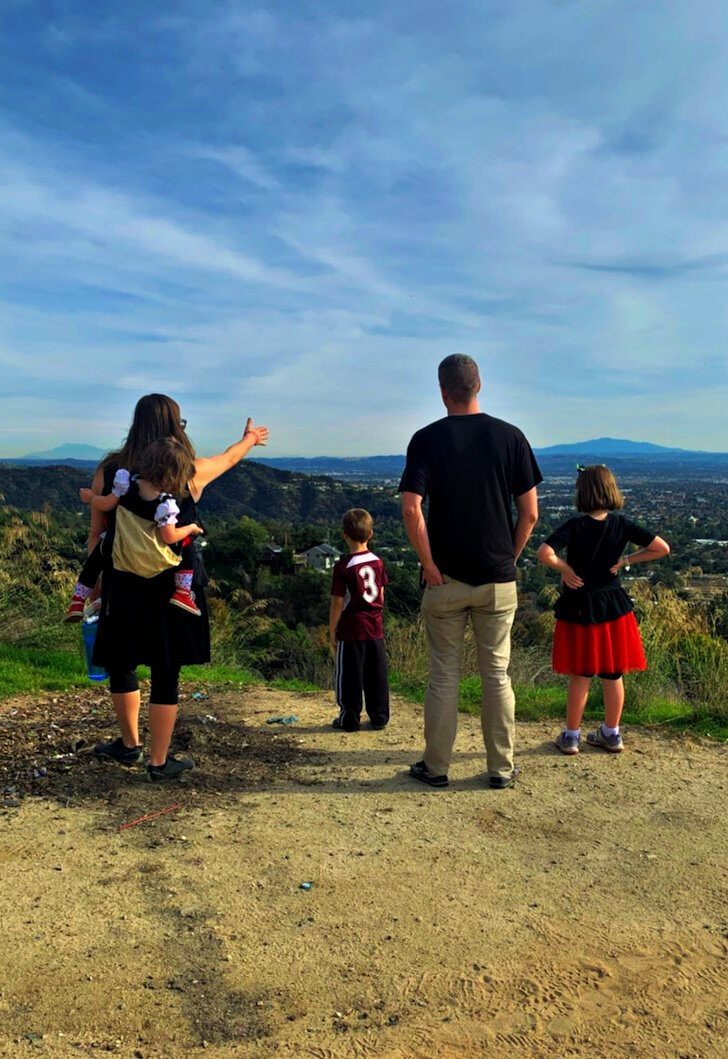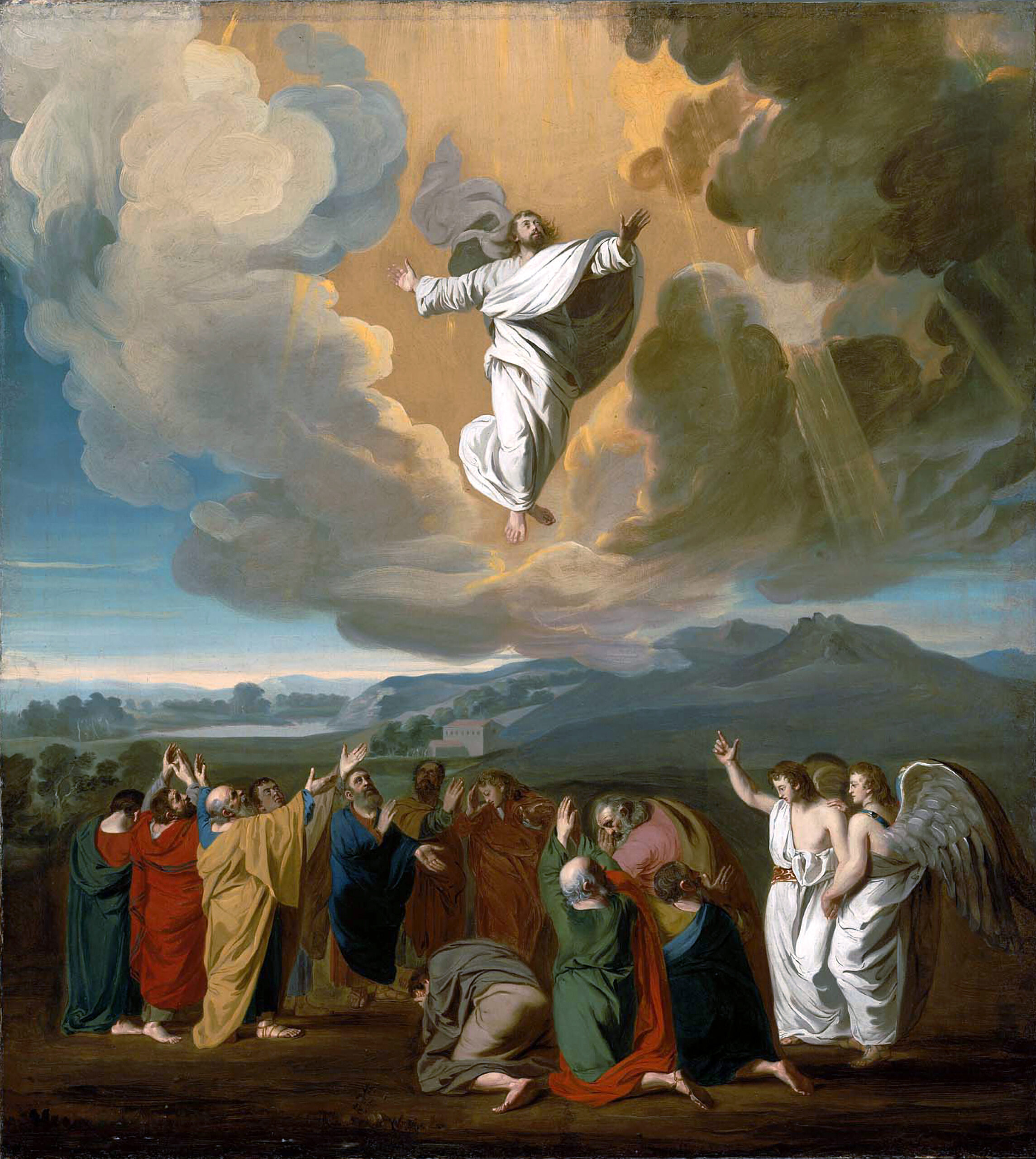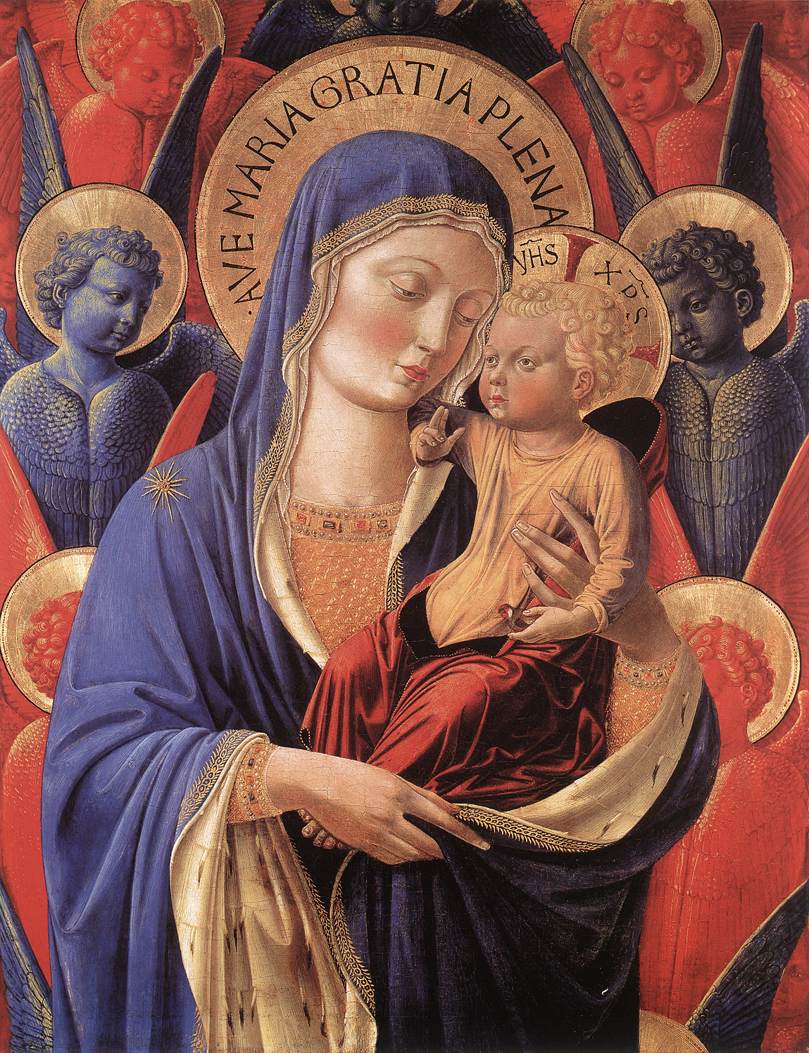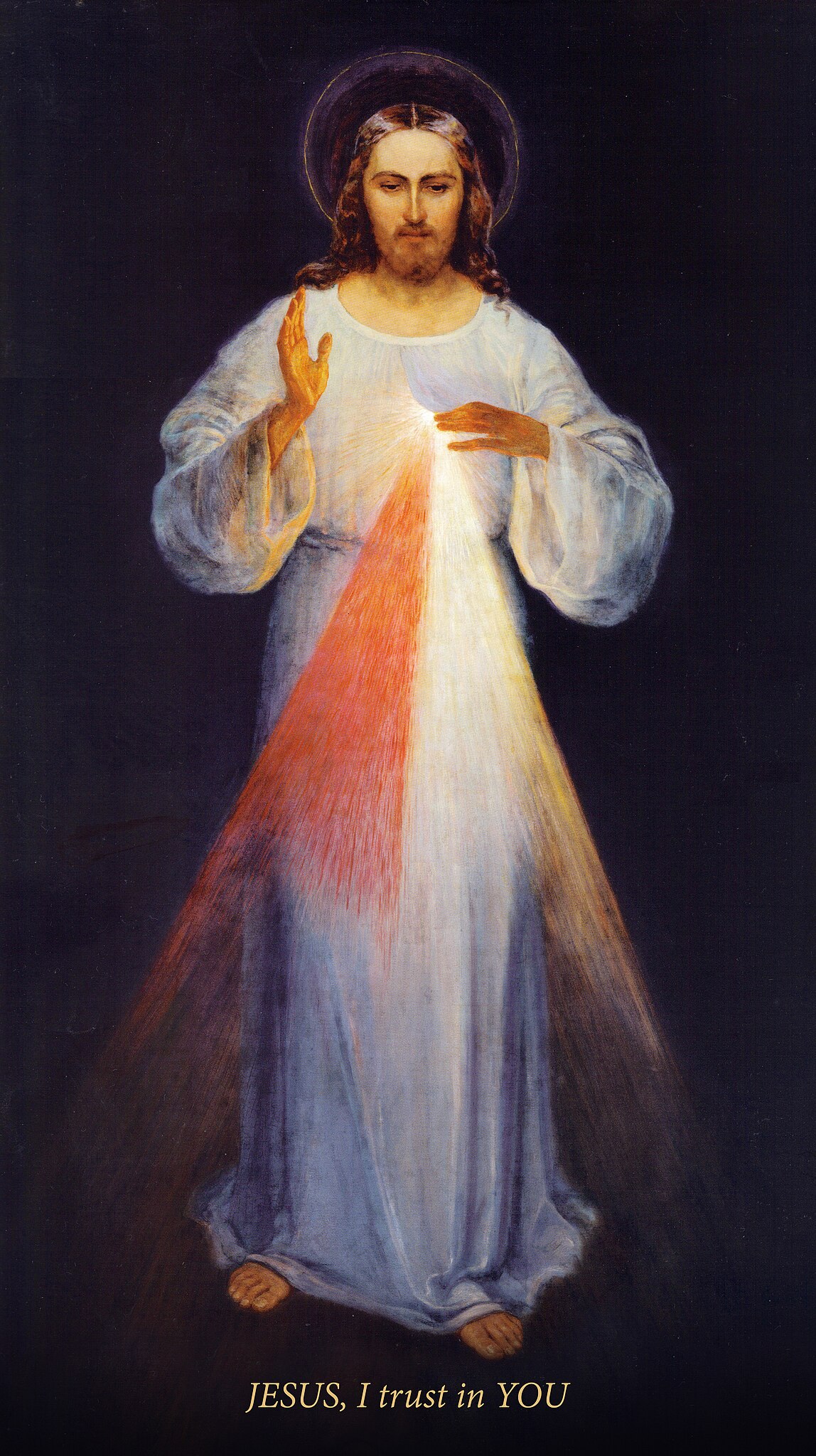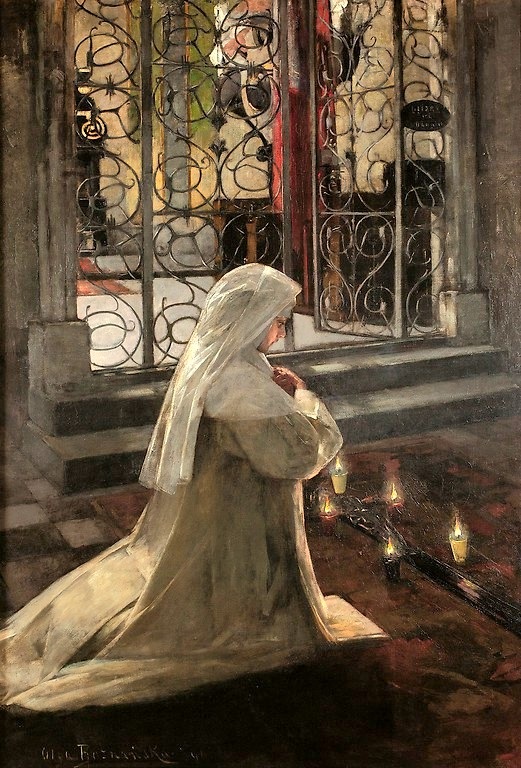PART ONE: Our Lady to Adele Brise
On October 9th, Catholics across the country will celebrate the Feast of Our Lady of Good Help, America’s first and only approved Marian apparition. In the decades since the events of 1859 in Champion, Wisconsin, locals have referred to these appearances of the Virgin Mary as the “Wisconsin Lourdes.” In June, the National Shrine of Our Lady of Good Help highlighted the similarities between the two visionaries – of Lourdes and Wisconsin – when it hosted the traveling relics of Saint Bernadette for two days.
The two apparitions have a lot in common. A mere 15 months separates the American apparitions to Belgian immigrant Adele Brise from those to St. Bernadette in France. Both visionaries were young, illiterate, limited by physical ailments, and impoverished. Both were also interrogated by clergy who were skeptical. Yet, one similarity remains especially important for Catholics today: it is found in the message Our Lady delivered to both girls.
In Lourdes, in 1858, Our Lady confirmed to Bernadette her title, “The Immaculate Conception,” which had been declared a Catholic dogma only 4 years earlier. And she requested a chapel be built in her honor. In Champion, Our Lady told Adele to catechize the pioneer children of the isolated region in which she lived. Though each young girl was sent on a different mission, Our Lady gave them both a common task: to perform penance for themselves and on behalf of those who did not believe.
Our Lady’s message of penance to Adele was clear. At Champion, she said, “I am the Queen of Heaven who prays for the conversion of sinners… If they do not convert and do penance, my Son will be obliged to punish them.” Furthermore, Our Lady commanded Adele to do her own acts of penance on behalf of the unrepentant. “You received Holy Communion this morning, and that is well,” she said, “But you must do more. Make a general confession and offer your Holy Communion for the conversion of sinners.”
Being concerned for the salvation of others is already an act of penance, according to the Catechism of the Catholic Church. Other forms of penance found in the Catechism include prayer, fasting, almsgiving, efforts to reconcile after conflict, tears of repentance, and acts of charity. These “cover a multitude of sins,” says 1 Peter 4:8 and Proverbs 10:12. The Catechism continues that carrying “one’s cross each day and following Jesus is the surest way of penance.”
In her apparition at Champion, the Mother of God took up the admonitions of Christ to do penance. According to all existent reports of the apparition, Our Lady of Good Help warned Adele that if people did not convert and do penance her “Son would be obliged to punish them.” She then asked Adele to make a general confession, during which Adele would have surveyed her whole life to bring to God any forgotten sins and any persistent sins. Only after her own penance was Adele able to seek graces for others. Our Lady told her to offer her Masses “for sinners.” Adele’s task was to relinquish to God the graces she would receive at Mass in hopes that, in a way not explicitly defined by the Catechism, He would apply those graces to lost souls outside the Faith.
Adele followed these commands until her death in 1896. Locals immediately flocked to the apparition site where Adele preached and retold the story of Our Lady’s apparition. In 1935, Sister Pauline LaPlante, Adele’s friend and teacher at her boarding school, told the Milwaukee Catholic Herald, “People came in large numbers to the sacred spot to listen to Adele, who had changed from a bashful country girl, unlettered and unimposing, to a fiery preacher and teacher whose perseverance and enthusiastic obedience to the voice heard only by her [during the apparition], won her converts at every turn.” Eventually, as the apparition story spread, thousands of pilgrims travelled to Adele’s chapel. Adele also went on begging missions as far away as Chicago to raise money for her school and convent. On these trips she continued to share the story of the apparitions.
Throughout her life, Adele frequented the sacraments. A retelling of her life story includes two formative instances during which the advice of her confessors changed the course of her life. Adele hiked over 7 miles to attend Mass. The second and third appearances of Our Lady to Adele took place on her way to and from Mass. As part of her mission from Our Lady, she traveled around the Green Bay peninsula in all kinds of weather, gathering children together for instruction in the Faith. Then, she accompanied each of the children to Holy Cross Parish in Green Bay to receive the sacraments.
Even under the threat of being turned away from the Eucharist, Adele continued to trek miles to Mass. The first bishop of Green Bay, Bishop Joseph Melcher, and his successor each issued interdicts against Adele that banned her from speaking about the apparitions. When she continued to do so, the local priests were advised to refuse her the sacraments. Yet, there is a story of her kneeling in the aisle when she was barred from sitting in the pews. Who knows how much she suffered in her lifetime?
There is some evidence that Adele’s audience heeded her message in her lifetime. In 1871, on the same night as the Great Chicago Fire and the 12th anniversary of the final apparition to Adele, a firestorm ravaged the Northwoods of Wisconsin. Known as the Great Peshtigo Fire, it destroyed 1.2 million acres and killed 1,500-2,500 people. Many of Adele’s followers fled to the chapel where they carried a statue of Our Lady in a procession and prayed throughout the night. In the morning, a downpour extinguished the remaining fires. The grounds around the chapel, with all the people and animals it had harbored, stood like “an emerald isle amidst a sea of ashes,” wrote Rev. Peter Pernin, a priest from Peshtigo, in his memoir of the fire. It is the opinion of many that this fire was God’s chastisement of which Our Lady had warned.
Through Adele Brise, Our Lady delivered a motherly plea to the people of God and to wayward souls. As she had done in other apparitions, the Blessed Virgin urged believers to perform penances and work toward the conversion of their own hearts and the hearts of others. For thousands of years, this has been the call of the prophets, the Church, and Our Lord. The message of Our Lady at Champion is one of mercy, delivered to protect the Christian faithful from repenting too late. As Our Lord taught in Luke 4, the response to tragedy and death should be repentance. At Lourdes, Our Lady’s message carries another urgent call to do penance, a message that will be discussed in part two of this series.
To be continued…
This article is by Theoni Bell, author of The Woman in the Trees which is available from TAN Books.



